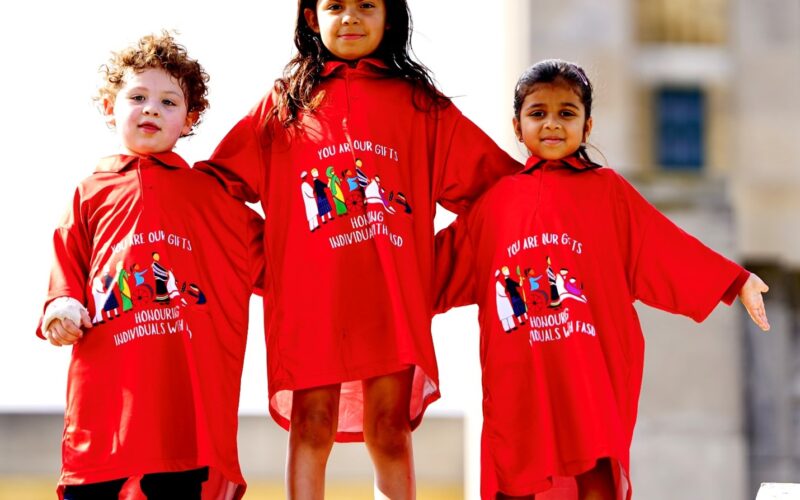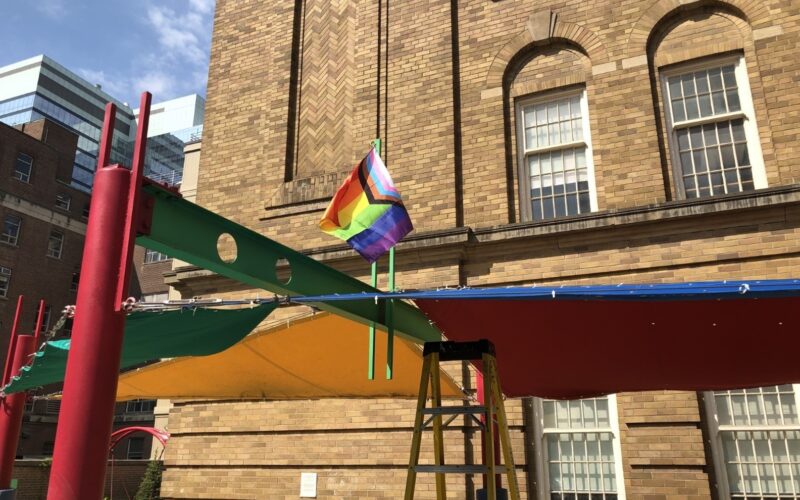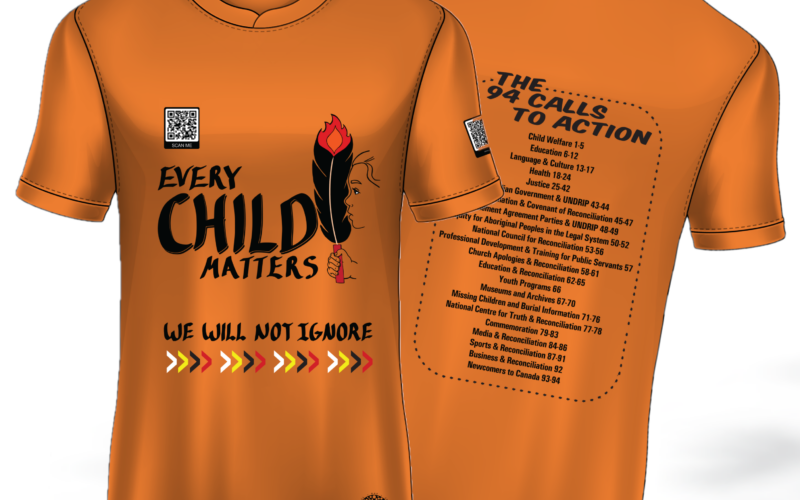We are requesting support from parents, caregivers, and knowledge keepers at our initial community consultation session for our program the Classroom Celebrating Neurodiversity. This is a treatment classroom that supports Indigenous and non-Indigenous youth, from grade 10-12, who are diagnosed with Fetal Alcohol Spectrum Disorder (FASD) or suspect they have FASD, whose current mental health stressors make it difficult to attend mainstream classes. This classroom operates on principles of needs-based support and land-based education and healing. We would be honoured for you to join us to provide direction and expertise as we are on our learning journey. We will be hosting a meal, providing children’s activities/childcare and door prizes. Wellness support workers will be present, and please let us know if you require transportation support. This is a trauma-informed program and a safe space for all. To honour your time and direction, we are providing an honourarium of $100 to each participant as a small thank you for coming together to support this important work.
To register, email Paula Hunter at paula.hunter@surreyplace.ca or call 416-925-5141 ext. 2569.
Why are we hosting this event?
As we, Surrey Place, continue our growth and journey with our commitments to Truth and Reconciliation we have learned important lessons along the way. These include understanding our duty to consult. We ask, with great respect and humility, if the community would honour us with their support in developing a classroom informed by leading thoughts, beliefs and practices that uphold Indigenous traditional knowledge.
As a western clinical organization, we cannot operate from an Indigenous lens, but we can do our part and create a space for this work to be done. By implementing the recommendations from community members, Indigenous hiring, partnerships and an openness to listening and grow, it is our hope to create programming and spaces that indigenous students see themselves reflected in and honour Indigenous knowledge. It is our desire that this program will help support agency-wide development and growth and support systematic changes that are long overdue in many of the services community members access.


